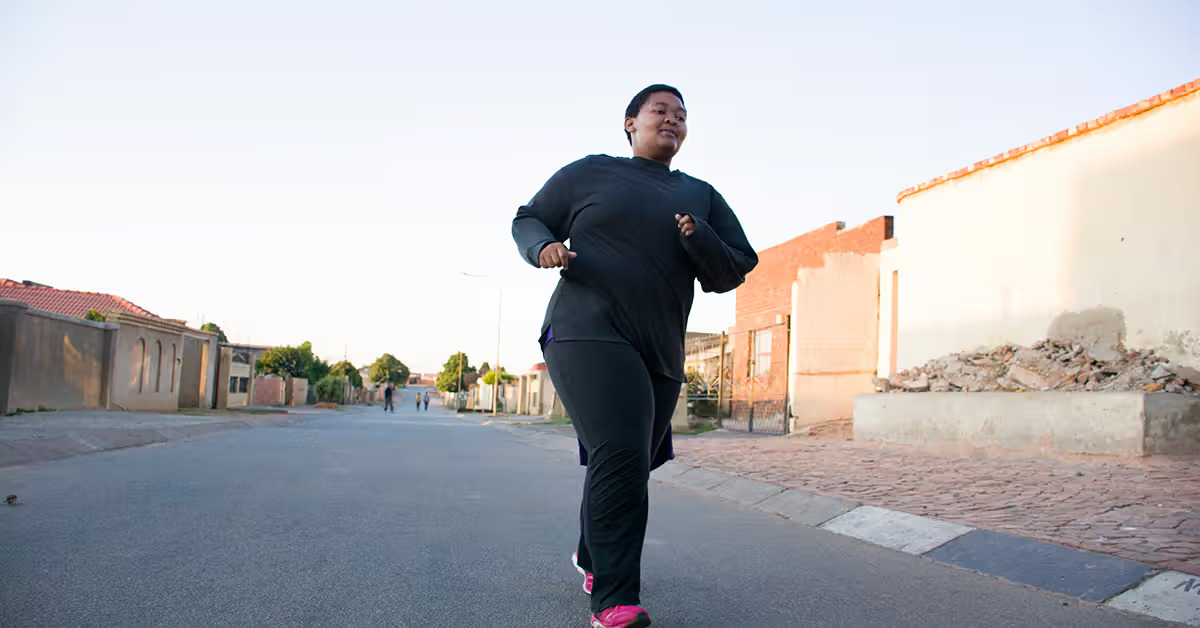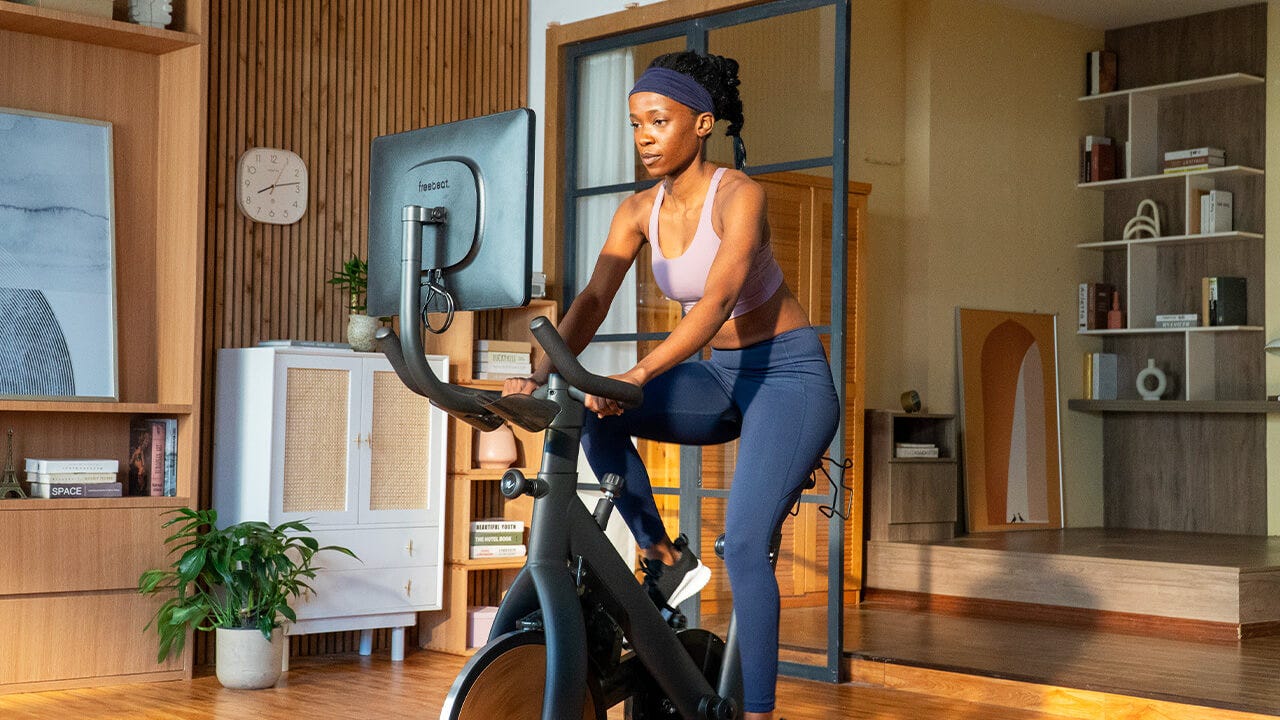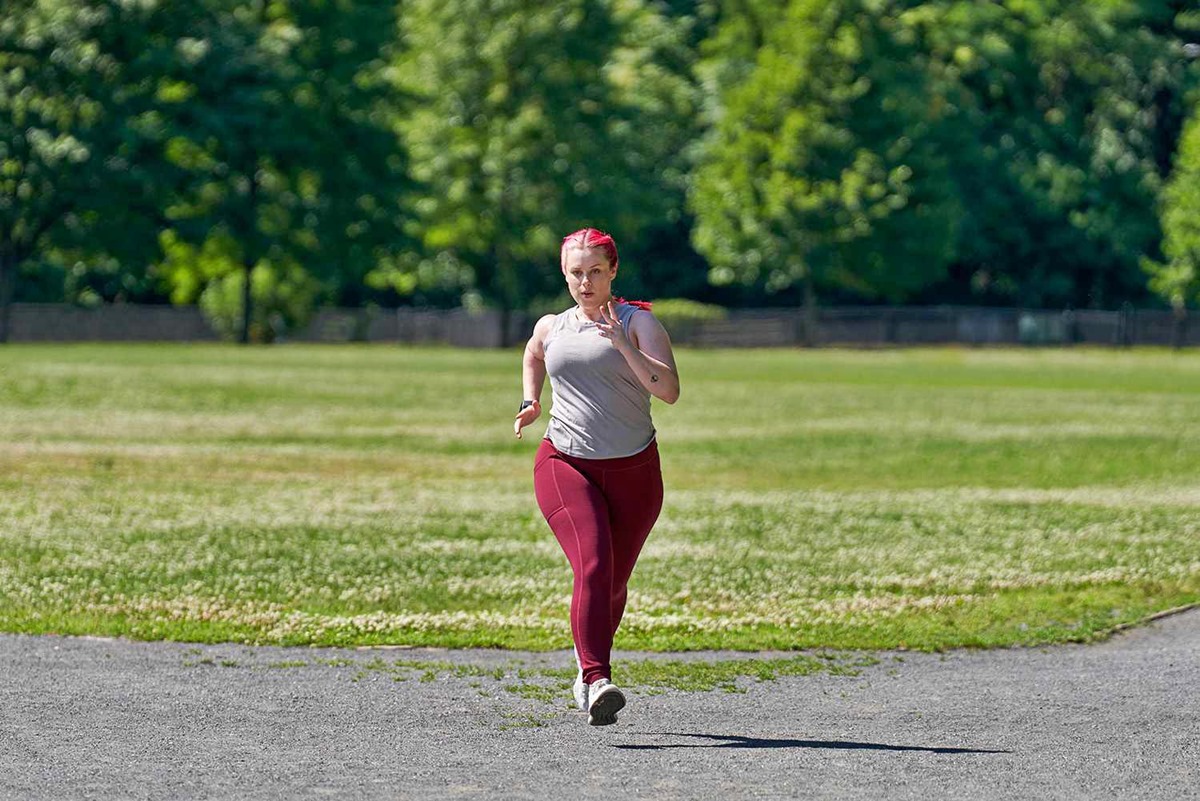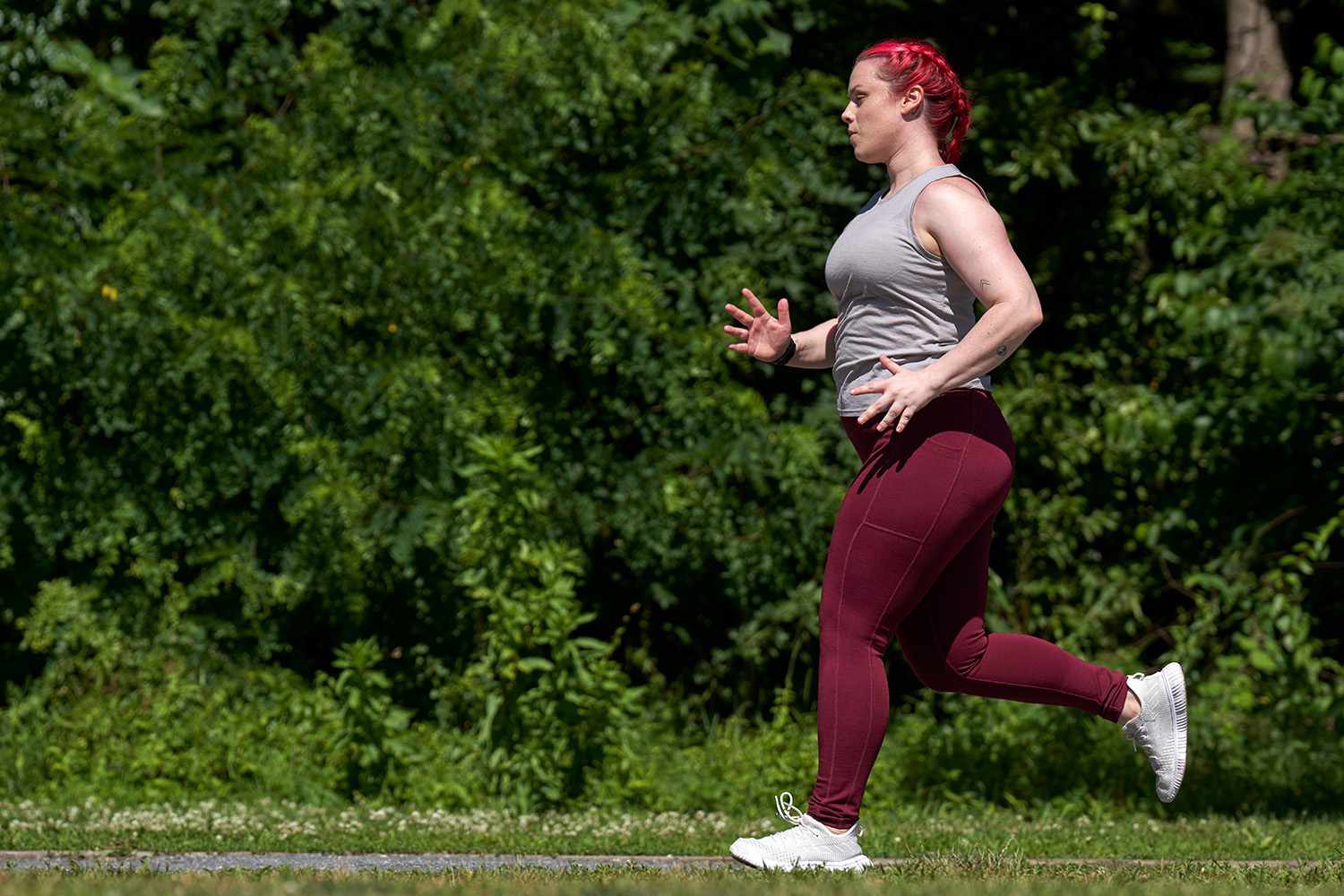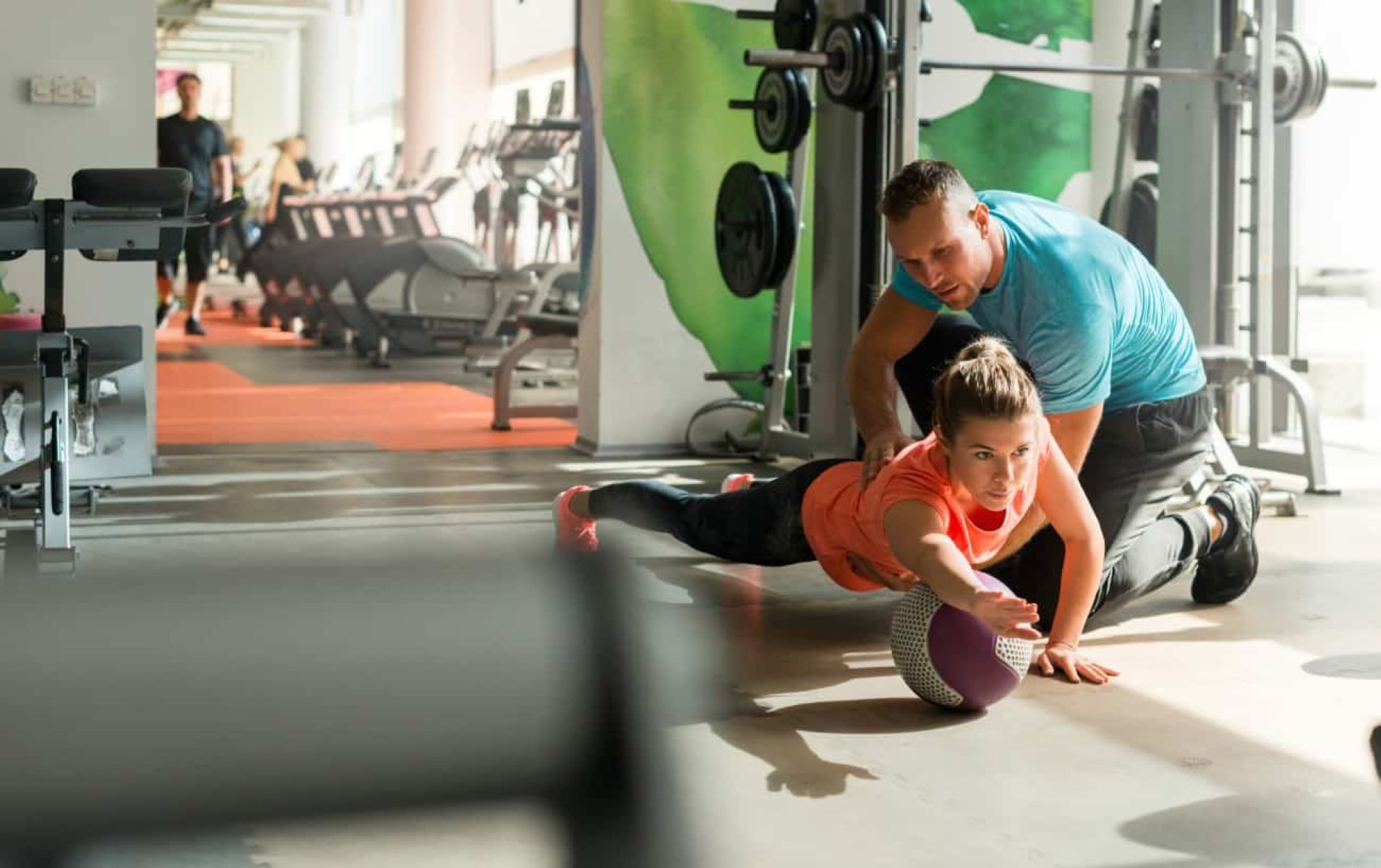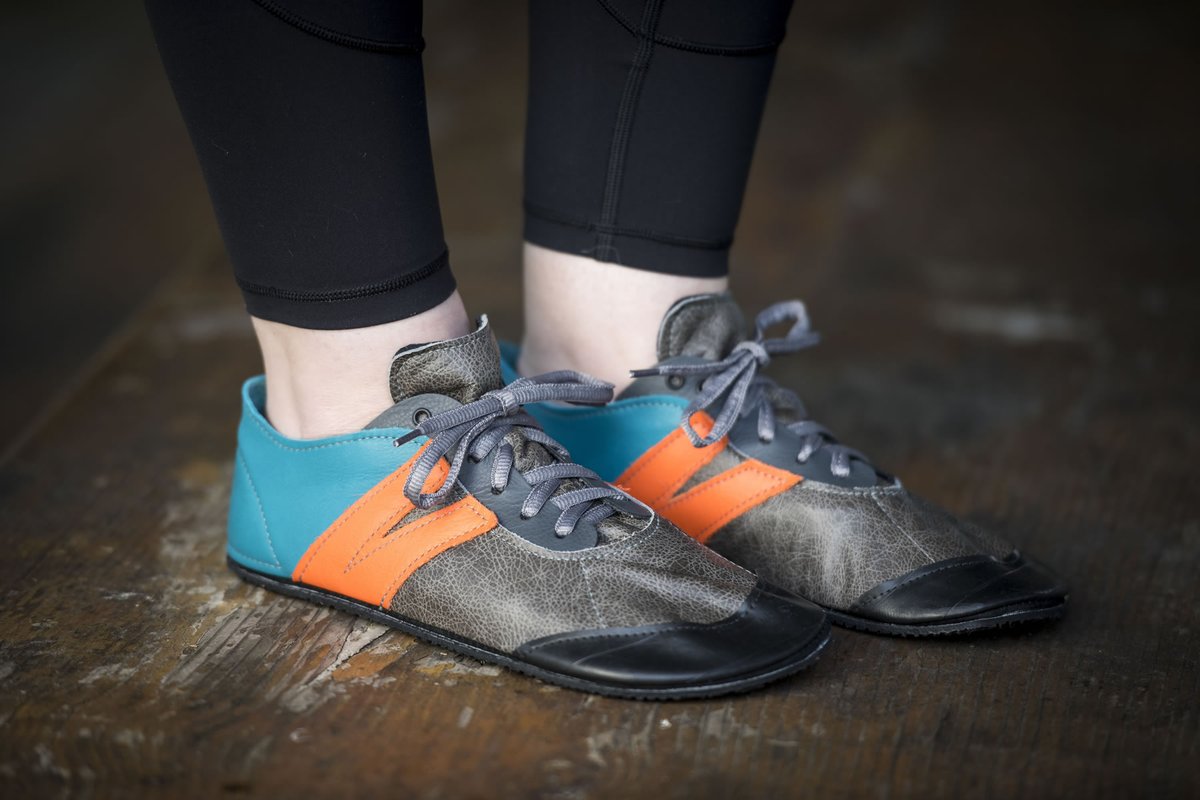

Featured
How To Improve Running Form
Modified: January 2, 2024
Discover the featured tactics and tips on how to improve your running form, helping you run faster and more efficiently. Get expert advice and start seeing results today.
Introduction
Welcome to our comprehensive guide on how to improve running form! Whether you are a seasoned runner looking to enhance your performance or a beginner just starting out, understanding and refining your running form is crucial for optimal results and injury prevention. Your running form affects your efficiency, speed, and overall running experience.
Running can be an enjoyable and rewarding activity, but it also puts a significant amount of stress on your body. Without proper form, you may be at risk of developing injuries such as shin splints, IT band syndrome, or even stress fractures. That’s why it’s essential to pay attention to your running technique and make necessary adjustments to improve your form.
In this guide, we will discuss the key components of proper running form, common mistakes to avoid, and practical tips to help you improve your form. We will also cover exercises for strengthening the muscles used in running, stretching and mobility exercises to enhance flexibility, the importance of proper footwear, and techniques for efficient breathing.
By the end of this guide, you will have a clear understanding of what constitutes good running form and be equipped with the knowledge and tools to make the necessary improvements. So, let’s lace up our shoes, hit the pavement, and discover how to elevate your running form to new heights!
Understanding Proper Running Form
Before delving into the specific techniques to improve your running form, it’s important to have a solid understanding of what constitutes proper running form. Good running form involves the alignment of various body parts and efficient movement patterns that help minimize impact, optimize energy expenditure, and reduce the risk of injury.
The first aspect of proper running form is body alignment. When running, it’s crucial to maintain a straight posture with a slight forward lean. This aligns the ears, shoulders, hips, and feet in a vertical line, reducing unnecessary stress on the joints and ensuring efficient movement.
Another key element of proper running form is arm placement and movement. Your arms should be relaxed and bent at a 90-degree angle. They should swing naturally and fluidly, in sync with your strides, helping to maintain balance and momentum. Be mindful of not crossing your arms over the midline of your body, as this can disrupt your running form.
Next, let’s talk about stride length and cadence. Stride length refers to the distance covered by each step, while cadence refers to the number of steps taken per minute. Striking a balance between the two is crucial. Overstriding, or taking excessively long steps, can lead to heel striking and increased stress on the joints. On the other hand, a high cadence with quick, short steps can improve efficiency and reduce the risk of injury.
Finally, footstrike is another important factor in proper running form. There are three common types of footstrike patterns: heel strike, midfoot strike, and forefoot strike. Ideally, you should aim for a midfoot or forefoot strike, as this promotes a more efficient transfer of energy and reduces the impact on your joints. However, it’s important to note that the right footstrike pattern can vary based on factors such as running speed, terrain, and individual biomechanics.
Understanding these foundational aspects of proper running form is essential to building a strong base for your training. Improving your form will not only enhance your running performance, but it will also reduce the risk of injuries and make your runs more enjoyable. Now that we have a grasp on what proper running form entails, let’s move on to common form mistakes and how to correct them.
Common Running Form Mistakes
Even experienced runners can fall into bad habits when it comes to their running form. Being aware of common form mistakes can help you identify areas for improvement and make the necessary adjustments. Let’s take a look at some of the most common running form mistakes:
- Heel Striking: Landing on your heel with each stride can cause excessive impact and increase the risk of injury. Instead, strive to land with a midfoot or forefoot strike, allowing for a smoother and more efficient transfer of energy.
- Overstriding: Taking long strides may feel like you’re covering more ground, but it can lead to inefficient movement and excessive stress on your joints. Focus on maintaining a shorter stride length and increasing your cadence to improve your running form.
- Poor Posture: Slouching or leaning too far forward or backward can throw off your alignment and strain your muscles. Aim for an upright posture with a slight forward lean, keeping your head, shoulders, hips, and feet in alignment.
- Shoulder Tension: Tense shoulders can sap your energy and affect your overall running form. Keep your shoulders relaxed and avoid any unnecessary tension. This will allow for a more fluid arm swing and a more relaxed running experience.
- Lack of Arm Movement: Neglecting proper arm movement can disrupt your form and lead to imbalances. Ensure that your arms are bent at a 90-degree angle and swing naturally in sync with your strides, aiding in balance and momentum.
- Inadequate Core Engagement: A weak core can compromise your stability and lead to inefficient movement. Engage your core muscles by maintaining a slight contraction throughout your run, helping to stabilize your body and improve overall form.
- Inefficient Breathing: Poor breathing techniques can impact your endurance and running form. Practice deep, diaphragmatic breathing to maximize oxygen intake and improve your overall performance.
Identifying and correcting these common running form mistakes will not only enhance your form but also reduce the risk of injury and improve your running efficiency. Let’s move on to the next section, where we will discuss practical tips to help you improve your running form.
Tips to Improve Running Form
Now that we have a clear understanding of proper running form and the common mistakes to avoid, let’s dive into some practical tips to help you improve your running form:
- Focus on Your Posture: Maintain an upright posture with a slight forward lean. Imagine a string pulling you up from the top of your head, keeping your body aligned and reducing unnecessary strain on your muscles.
- Shorten Your Stride: Avoid overstriding by taking shorter, quicker steps. This promotes a more efficient running stride and reduces the impact on your joints.
- Engage Your Core: Strengthen your core muscles to improve stability and maintain a balanced running form. Incorporate exercises such as planks, Russian twists, and bird-dogs into your training routine.
- Relax Your Shoulders: Keep your shoulders relaxed and avoid unnecessary tension. This will allow for a more natural and fluid arm swing.
- Master Your Arm Swing: Your arms play a crucial role in maintaining balance and momentum. Bend your elbows at a 90-degree angle and swing your arms forward and backward in sync with your strides.
- Focus on Breathing: Practice diaphragmatic breathing, inhaling deeply through your nose and exhaling fully through your mouth. This will help oxygenate your muscles and improve your endurance.
- Visualize a Light Landing: Aim for a light and quiet landing with each step. Imagine running on eggshells, focusing on a smooth and efficient footstrike.
- Incorporate Hill Training: Running uphill forces you to engage different muscle groups and reinforces good running form. It also strengthens your legs and improves your overall endurance.
- Utilize Cadence Drills: Work on increasing your cadence by incorporating cadence drills into your training routine. Focus on taking quick, small steps to improve your running efficiency.
- Listen to Your Body: Pay attention to any discomfort or pain while running. If something doesn’t feel right, take the time to address it. Seek guidance from a running professional or physical therapist if needed.
Remember, improving your running form takes time and practice. Start by focusing on one aspect at a time and gradually incorporate these tips into your training routine. Consistency is key, and with patience and effort, you will see improvements in your running form and overall performance. Now, let’s move on to exercises that can help strengthen the muscles used in running.
Strengthening Exercises for Better Form
Strengthening the muscles used in running is crucial for maintaining proper form and preventing injuries. By incorporating targeted exercises into your training routine, you can improve your running form and enhance your overall performance. Here are some key strengthening exercises to consider:
- Squats: Squats target the quadriceps, hamstrings, glutes, and calves, which are all essential for a powerful and balanced stride. Perform bodyweight squats or progress to weighted squats to increase the challenge.
- Lunges: Lunges are great for targeting the glutes, quadriceps, and hamstrings. Forward lunges, reverse lunges, and walking lunges can all help strengthen the muscles used in running.
- Calf Raises: Strong calf muscles provide stability and power during running. Perform calf raises by standing on the edge of a step or using a calf raise machine to strengthen your calves.
- Single Leg Balance Exercises: Improving balance and stability is essential for proper running form. Incorporate exercises such as single-leg squats, single-leg deadlifts, and single-leg balance holds to challenge your balance and strengthen the muscles that support your running form.
- Planks: Planks target the core muscles, including the abs, obliques, and lower back. A strong core helps maintain stability and proper posture while running. Start with forearm planks and progress to side planks and plank variations.
- Hip Bridges: Hip bridges activate the glutes and hamstrings, which are key for a powerful push-off during running. Lie on your back with your knees bent, lift your hips off the ground, squeeze your glutes, and hold for a few seconds before lowering back down.
- Resistance Band Exercises: Incorporate resistance band exercises like lateral band walks, monster walks, and clamshells to strengthen your hip abductors and external rotators, which play a vital role in maintaining proper running form and preventing knee-related issues.
Remember to warm up before performing any strength exercises and start with lighter weights or bodyweight movements if you are new to strength training. Focus on proper form and gradually increase the intensity and resistance as you become more comfortable and confident. It’s also a good idea to consult with a fitness professional to ensure you are performing the exercises correctly and to provide guidance tailored to your specific needs.
By incorporating these strengthening exercises into your training routine, you will develop stronger muscles and better body mechanics, leading to improved running form and enhanced performance. In the next section, we will discuss stretching and mobility exercises to complement your strengthening routine.
Stretching and Mobility Exercises
Stretching and mobility exercises are essential for maintaining flexibility, improving range of motion, and preventing muscle imbalances. By incorporating these exercises into your running routine, you can enhance your running form, reduce the risk of injuries, and improve overall performance. Here are some important stretching and mobility exercises to consider:
- Dynamic Warm-Up: Before starting your run, engage in a dynamic warm-up routine to prepare your muscles and joints for the activity. This may include exercises such as leg swings, walking lunges, high knees, and arm circles.
- Hip Flexor Stretch: The hip flexors can become tight and shortened, leading to imbalances and altered running form. Perform a kneeling hip flexor stretch by lunging forward with one leg and keeping your torso upright. Hold the stretch for 20-30 seconds on each side.
- Hamstring Stretch: Tight hamstrings can impact your stride and lead to other muscle imbalances. Stretch your hamstrings by placing one leg on an elevated surface and gently reach forward with your hands towards your toes. Hold the stretch for about 20-30 seconds on each side.
- IT Band Foam Rolling: The iliotibial (IT) band can become tight and cause pain or discomfort while running. Use a foam roller to gently apply pressure along the IT band, rolling from the hip to the knee. Foam rolling can help release tension and improve mobility.
- Calf Stretch: The calf muscles are crucial for a powerful push-off during running. Stand near a wall or sturdy object, place one foot forward with a slight bend, and lean forward, feeling the stretch in your calf muscle. Hold the stretch for about 20-30 seconds on each side.
- Glute Bridges with a Hip Stretch: Glute bridges activate the glute muscles while also providing a stretch to the hip flexors. Lie on your back with your knees bent and feet flat on the ground. Lift your hips off the ground and simultaneously bring one knee towards your chest, holding the stretch for a few seconds. Switch sides and repeat.
- Ankle Circles and Toe Walking: Improving ankle mobility is crucial for efficient running form. Perform ankle circles by gently rotating your ankles in both directions. Additionally, practice walking on your toes to strengthen your ankle and calf muscles.
Remember to perform these stretching and mobility exercises after your workouts or on your rest days when your muscles are warm. Avoid bouncing or forcing any stretches, instead opt for gentle and controlled movements. It’s essential to listen to your body and only stretch to a comfortable level without experiencing pain.
Incorporating these stretching and mobility exercises into your routine will improve your flexibility, range of motion, and overall running form. Keep in mind that everyone’s body is different, so it’s important to find a routine that works best for you. In the next section, we will explore the significance of proper footwear for running.
Using Proper Footwear for Running
Choosing the right footwear is vital for maintaining good running form, preventing injuries, and maximizing performance. The right pair of running shoes can provide support, stability, and cushioning, contributing to a comfortable and efficient running experience. Here are some factors to consider when selecting proper footwear for running:
- Foot Type: Determine your foot type to find shoes that provide the appropriate level of support. There are three main foot types: neutral, pronated (flat arches), and supinated (high arches). Consult with a running specialty store or a podiatrist to assess your foot type and get recommendations.
- Cushioning: The amount of cushioning you need depends on factors like your weight, running surface, and personal preference. Look for shoes that provide adequate cushioning to absorb shock and protect your joints.
- Stability and Support: If you have overpronation (feet roll inward excessively) or underpronation (feet roll outward), consider shoes that offer stability features to help correct your gait and maintain proper alignment.
- Fit: Proper fit is crucial to avoid discomfort and blisters while running. Ensure that there is enough room in the toe box, a snug fit around the midfoot, and no slipping or rubbing at the heel. Visit a reputable running store for a professional fitting.
- Durability: Look for shoes that are designed for running and made of durable materials. Running shoes undergo a lot of wear and tear, so choose a pair that can withstand the demands of your training.
- Rotating Shoes: Consider rotating between multiple pairs of running shoes. This allows each pair to fully dry out and prevents excessive wear. Rotating shoes also helps to activate different muscle groups and reduces the risk of overuse injuries.
Remember that selecting the right footwear is a highly individual process. What works for one person may not work for another. Take the time to try on different shoes and test them out with short runs or on a treadmill before committing to a pair. Your comfort, support, and overall running form should be the primary factors influencing your decision.
In addition to proper footwear, replacing your shoes regularly is important. As a general guideline, it is recommended to replace running shoes every 300-500 miles or when you start to notice signs of wear and tear.
By investing in the right running shoes and ensuring a proper fit, you will provide the support and comfort necessary to maintain good running form, improve performance, and reduce the risk of injuries. In the next section, we will explore the significance of cadence and stride length in running.
Importance of Cadence and Stride Length
Cadence and stride length play a crucial role in running efficiency, performance, and injury prevention. Understanding the relationship between these two factors can help you optimize your running form and achieve your goals. Let’s explore the importance of cadence and stride length:
Cadence: Cadence refers to the number of steps you take per minute while running. It is often measured in strides per minute (SPM). Maintaining an optimal cadence is key to efficient running. Research suggests that a cadence of around 180 SPM is associated with increased running efficiency and reduced risk of injury. However, it’s important to note that the ideal cadence may vary depending on factors such as running speed, terrain, and individual biomechanics.
Increasing your cadence can have several benefits. It helps to improve running form by reducing overstriding and excessive vertical oscillation (bouncing). A higher cadence also promotes a more even distribution of impact forces, reducing the strain on your joints and decreasing the risk of overuse injuries. Additionally, a quicker cadence can improve running efficiency, allowing you to maintain a faster pace and conserve energy.
Stride Length: Stride length refers to the distance covered with each step. While stride length is influenced by factors such as leg length and flexibility, it is important to find a stride length that is comfortable for you and supports proper running mechanics. Overstriding, or taking long strides, can lead to inefficient movement and increased impact on your joints. On the other hand, a stride that is too short may result in a choppy gait and increased energy expenditure.
The key is to find a balance between cadence and stride length. Increasing your cadence while maintaining a shorter stride can improve running efficiency and reduce the risk of injury. The goal is to achieve a quick turnover of the legs with small, quick steps that allow for a more efficient transfer of energy and reduce the impact on your body.
It’s important to note that changing your cadence and stride length should be done gradually to allow your body to adapt. Start by focusing on increasing your cadence by 5-10% and maintaining it for short intervals during your runs. As your body adjusts, you can work on gradually adjusting your stride length to find the most comfortable and efficient combination.
Monitoring and improving your cadence and stride length can be done through various methods. You can use a running watch or a metronome app to keep track of your SPM or even work with a running coach who can provide guidance and feedback on your form.
By paying attention to your cadence and stride length, you can improve your running form, increase running efficiency, reduce the risk of injuries, and ultimately enhance your overall performance. In the next section, we will explore breathing techniques for efficient running.
Breathing Techniques for Efficient Running
Proper breathing techniques are often overlooked in running, but they play a significant role in maintaining efficient running form, improving endurance, and enhancing overall performance. By mastering your breathing, you can optimize oxygen intake, reduce the feeling of fatigue, and run more efficiently. Let’s explore some breathing techniques for efficient running:
- Diaphragmatic Breathing: Also known as belly breathing or deep breathing, diaphragmatic breathing involves engaging the diaphragm muscle and using the full capacity of your lungs. Instead of shallow chest breathing, focus on breathing deeply into your abdomen, allowing your belly to rise with each inhale and fall with each exhale.
- Rhythmical Breathing: Syncing your breath with your strides can help establish a consistent rhythm and increase running efficiency. A commonly used pattern is inhaling for two or three steps and exhaling for two or three steps, finding a pattern that feels comfortable for you.
- Breathing through the Nose: Breathing through the nose helps filter and warm the air before it reaches your lungs, and it can aid in slowing down your breath rate. It may be beneficial during slower-paced runs or when trying to maintain a relaxed breathing pattern.
- Exhaling Fully: Focus on fully exhaling with each breath, allowing your body to release carbon dioxide and make room for fresh oxygen. This helps prevent the buildup of stale air in your lungs and facilitates a deeper and more efficient inhale.
- Relaxed Upper Body: Keep your shoulders and neck relaxed while running to allow for optimal breath flow. Tension in these areas can restrict your ability to take deep breaths and lead to inefficient breathing patterns.
- Breathing Cadence: Depending on the intensity of your run, you may need to adjust your breathing cadence. During easy runs, you can aim for a natural, relaxed breathing pattern. For faster-paced runs or intense intervals, you may need to take quicker, shorter breaths to meet the oxygen demands of your body.
- Mindful Breathing: Pay attention to your breath while running and try to stay present in the moment. Focusing on your breath can help distract from any discomfort or fatigue and promote a sense of calm and focus.
Experiment with different breathing techniques during your runs to find what works best for you. Remember that everyone’s body and respiratory system are unique, so it may take some trial and error to find the optimal breathing pattern for your running.
It’s important to practice breathing techniques during easy runs or dedicated breathing exercises before incorporating them into your more intense workouts. With time and practice, efficient breathing will become a natural part of your running form and contribute to improved performance and endurance.
In the next section, we will recap the key points covered in this guide and reinforce the importance of applying these principles to enhance your running form.
Conclusion
Congratulations! You have reached the end of our comprehensive guide on how to improve running form. We have explored the fundamental elements of proper running form, discussed common mistakes to avoid, and provided practical tips, exercises, and techniques to help you enhance your running form and overall performance.
Remember, running with correct form is not just about aesthetics, but it also plays a crucial role in preventing injuries, maximizing efficiency, and improving endurance. By paying attention to your body alignment, arm movement, footstrike, and breathing techniques, you can optimize your running experience and achieve your goals.
Through understanding the importance of cadence and stride length, you can find the ideal balance that promotes efficient and injury-free running. Strengthening exercises and incorporating stretching and mobility routines will help you maintain a strong and flexible body, supporting your running form.
Proper footwear selection is essential for providing the necessary support and cushioning for your feet and helping you maintain stability and balance. Finally, by mastering your breathing techniques, you can optimize oxygen intake, reduce fatigue, and run more efficiently.
Remember, improving your running form is a journey that takes time, patience, and consistency. Start by focusing on one aspect at a time, gradually incorporating the tips and techniques outlined in this guide into your training routine. Listen to your body, make adjustments as needed, and seek guidance from professionals if necessary.
Now, it’s time to put all this knowledge into practice. Lace up your running shoes, head out for your next run, and apply the principles you’ve learned here. Embrace the journey of improving your running form, enjoy the process, and celebrate the progress you make along the way.
Here’s to stronger strides, efficient breathing, and running with confidence and enjoyment!
